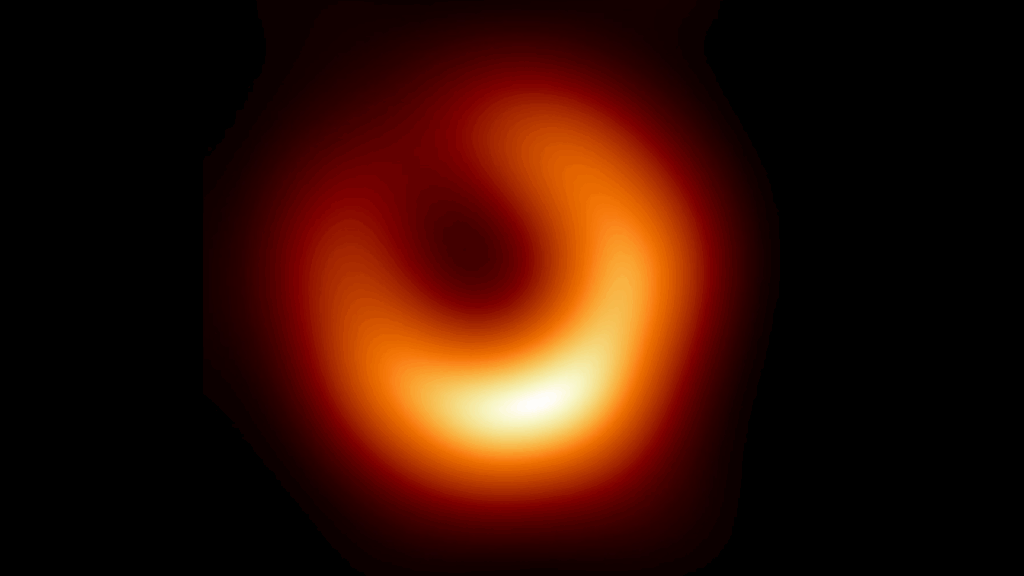
A proposal has emerged suggesting that miniature spacecraft, each weighing no more than a paperclip, could one day be propelled by lasers to explore a nearby black hole. This ambitious concept, put forth by astrophysicist Cosimo Bambi from Fudan University in China, aims to test the limits of Albert Einstein’s theory of general relativity in extreme cosmic environments.
Published in the journal iScience on August 7, 2023, Bambi’s paper outlines a vision where these tiny probes, termed “nanocrafts,” would be equipped with sensors and light sails. They would harness powerful ground-based lasers to accelerate to nearly a third of the speed of light. According to the research, this would allow a nanocraft to reach a black hole located between 20 and 25 light-years from Earth in approximately 60 to 75 years. The data collected by these probes would then take an additional 20 to 25 years to return to Earth, resulting in a total mission duration of nearly a century.
One of the mission’s primary objectives would be to investigate whether black holes indeed have event horizons—those invisible boundaries beyond which nothing can escape, including light. While general relativity predicts their existence, direct confirmation has yet to be achieved.
In this proposed mission, one nanocraft would observe another as it approaches a black hole. If an event horizon exists, the signal from the falling probe should gradually redshift and fade, aligning with Einstein’s predictions. Conversely, if the black hole is instead a “fuzzball,” a theoretical object lacking an event horizon, the signal could vanish more abruptly, potentially indicating new physics.
Bambi emphasized the significant insights that could be gained from such a mission, stating, “We would be able to obtain very valuable information about black holes and general relativity that might be difficult to obtain in other ways.”
Realizing this mission hinges on two major advancements: identifying a sufficiently close black hole and developing laser propulsion systems capable of supporting miniature spacecraft during interstellar travel. Currently, the nearest known black hole, Gaia BH1, is located over 1,500 light-years away. However, stellar evolution models suggest that an undetected black hole may exist much closer, within the 20 to 25 light-year range. Bambi expressed optimism about the potential discovery, saying, “I think it’s reasonable to expect we could find a nearby one within the next decade.”
While the initial cost to build the necessary laser array stands at around $1.1 trillion, Bambi posits that advancements in technology could reduce this expense to approximately 1 billion euros within the next 30 years, making it comparable to current flagship space missions.
“We don’t have the technology now,” Bambi noted. “But in 20 or 30 years, we might.” He concluded that if a black hole exists within the specified distance and methods to detect it are developed, the technology needed to send a probe could eventually be within reach.
This groundbreaking proposal opens up exciting possibilities for our understanding of the universe and the intricate workings of black holes, bringing science fiction closer to reality.







